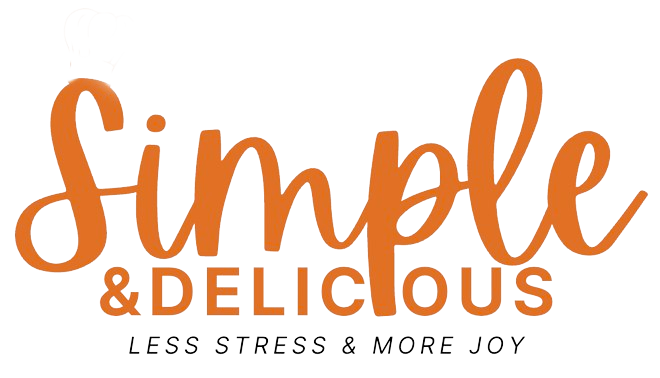Recipe Converter Tool
Free Energy & Volume Conversion for Cooking
Free online tool to convert between different units of energy (calories, kilocalories, joules, kilojoules) and volume (centiliters to ounces). Perfect for cooking, nutrition tracking, and scientific calculations.
Common Conversions:
- 1 calorie (cal) = 0.001 kilocalories (kcal)
- 1 calorie (cal) = 4.184 joules (J)
- 1 calorie (cal) = 0.004184 kilojoules (kJ)
- 1 centiliter (cl) = 0.338 fluid ounces (fl oz)
Unit Converter
About Our Recipe Converter Tool
Our easy-to-use converter helps you quickly convert between:
- Calories (cal) to Kilocalories (kcal)
- Calories (cal) to Joules (J)
- Calories (cal) to Kilojoules (kJ)
- Centiliters (cl) to Fluid Ounces (fl oz)
Why Use Our Converter?
- Instantly convert between multiple units
- Accurate to three decimal places
- Mobile-friendly design
- No calculations needed
- Perfect for cooking and nutrition
Common Uses
Cooking and Recipes
Convert between centiliters (cl) and fluid ounces (fl oz) when working with international recipes. Our converter makes it easy to adapt recipes from different regions.
Nutrition and Diet
Convert between calories (cal) and kilocalories (kcal) for precise nutrition tracking. Many food labels use different energy units – our tool helps you understand them all.
Scientific Calculations
Convert calories to joules (J) or kilojoules (kJ) for scientific work. Energy conversions made simple for students and professionals alike.
Frequently Asked Questions
Q: What’s the difference between calories and kilocalories? A: 1 kilocalorie (kcal) equals 1000 calories (cal). Food labels often use “Calories” (with a capital C) to mean kilocalories.
Q: Why do I need to convert between centiliters and fluid ounces? A: Different countries use different volume measurements. US recipes use fluid ounces while European recipes often use centiliters.
Q: Are joules and calories the same? A: No, but they both measure energy. 1 calorie = 4.184 joules. Scientists prefer using joules, while nutrition typically uses calories.
Conversion Tips
- Always check your units when reading food labels
- Remember that food calories are actually kilocalories
- Use precise measurements for best results
- Double-check conversions for important calculations
Remember: Our converter is designed for reference. For medical or professional use, please verify calculations with appropriate authorities.

